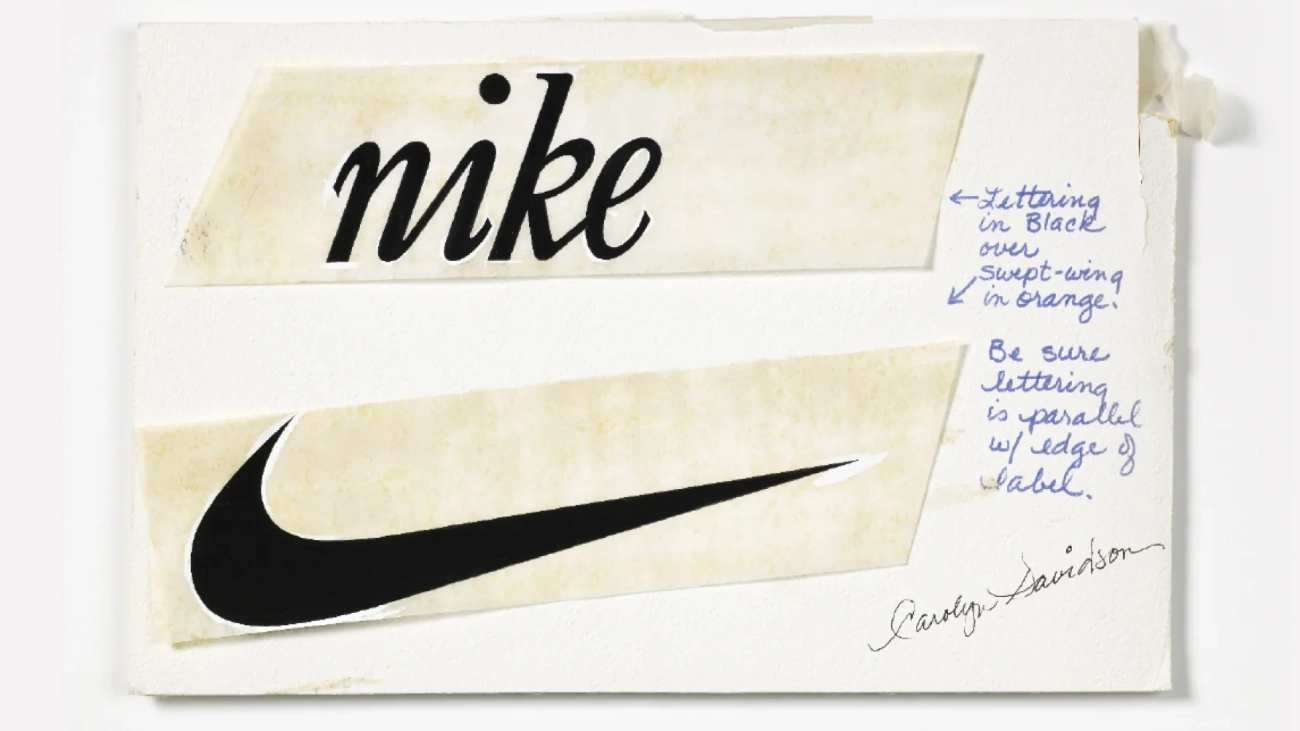In a world where visual impressions form in seconds, many businesses still fall into the trap of thinking their logo is their brand. While a logo is important, it is only a small part of a much larger system. Understanding the difference between a logo and a full brand identity is crucial for designers, recruiters, students and anyone working to build lasting value through design.
A Logo Is Just the Beginning
A logo acts as the visual signature of a brand. It is the most recognizable symbol and often the first thing people see. But a logo by itself does not express the complete story, the values or the tone of a brand. Think of it as the album cover of a band — strong and memorable, but not the full experience.
“A logo is like a flag. It identifies, but it doesn’t explain the country behind it.”
What Is a Brand Identity?
A brand identity is the complete ecosystem that shapes how a brand is perceived. It goes far beyond a logo and includes:
A defined color palette
Typography systems and hierarchy
A consistent photographic and illustration style
Layout structure and composition
Verbal tone, messaging and brand voice
Behavior across platforms, from packaging to social media
Values, purpose and personality
This system creates a unified and meaningful experience that builds recognition and emotional connection.

Nike. (2022). Never Done: Leaving a Mark. Celebrando los 50 años del Swoosh: https://www.nike.com/a/never-done-leaving-a-mark-swoosh
Why It Matters to Designers and Recruiters
For recruiters, knowing whether a designer can build systems — not just isolated visuals — is key. A talented designer sees beyond a logo. They know how to create a strategic, consistent brand that connects with audiences in every interaction.
For design students and professionals, understanding this distinction is essential. Today’s branding is not static. It lives in motion, across screens, platforms and real world experiences.
For companies, a full brand identity builds trust and recognition. It communicates who you are and what you stand for at every touchpoint.
Brands that maintain consistency across their identity are three to four times more likely to be recognized and trusted [2].
A Familiar Analogy
Imagine forming a band. Your logo is the album cover — it catches attention. But the brand identity is the full experience: the music, the lyrics, the performances, the stage presence and the way your fans connect with you. That’s what builds loyalty.
Final Thoughts
Your brand is not just your logo. It is everything that surrounds it. It is how people feel when they interact with your product, hear your story or see your visuals.
If you are building a brand, hiring designers or studying communication, remember this:
The logo introduces you. The brand identity makes people stay.

